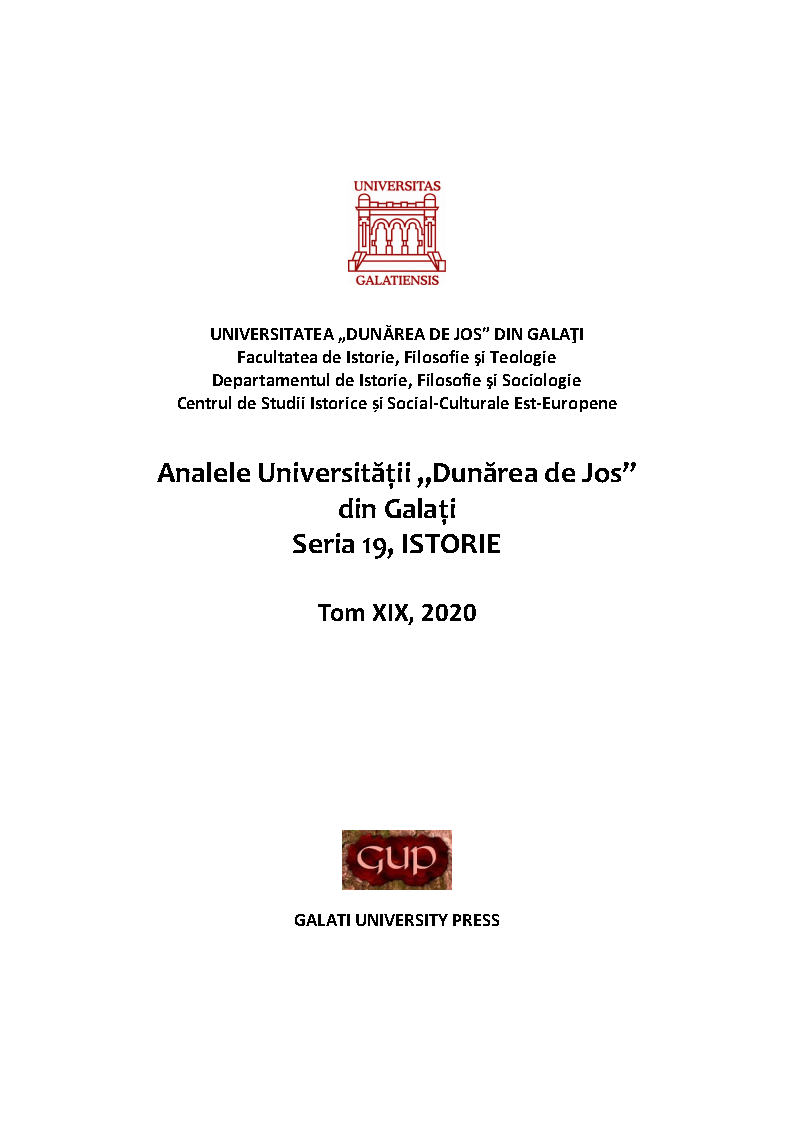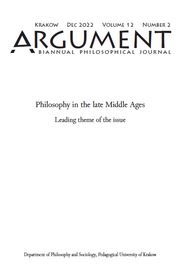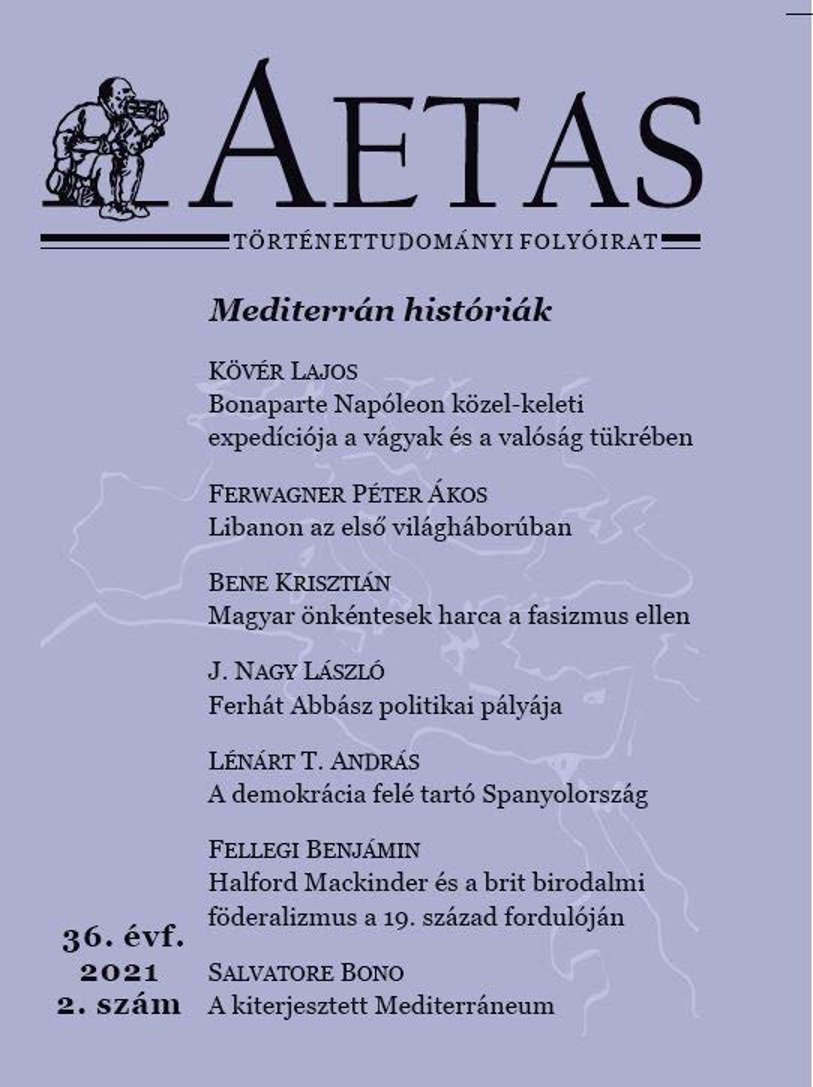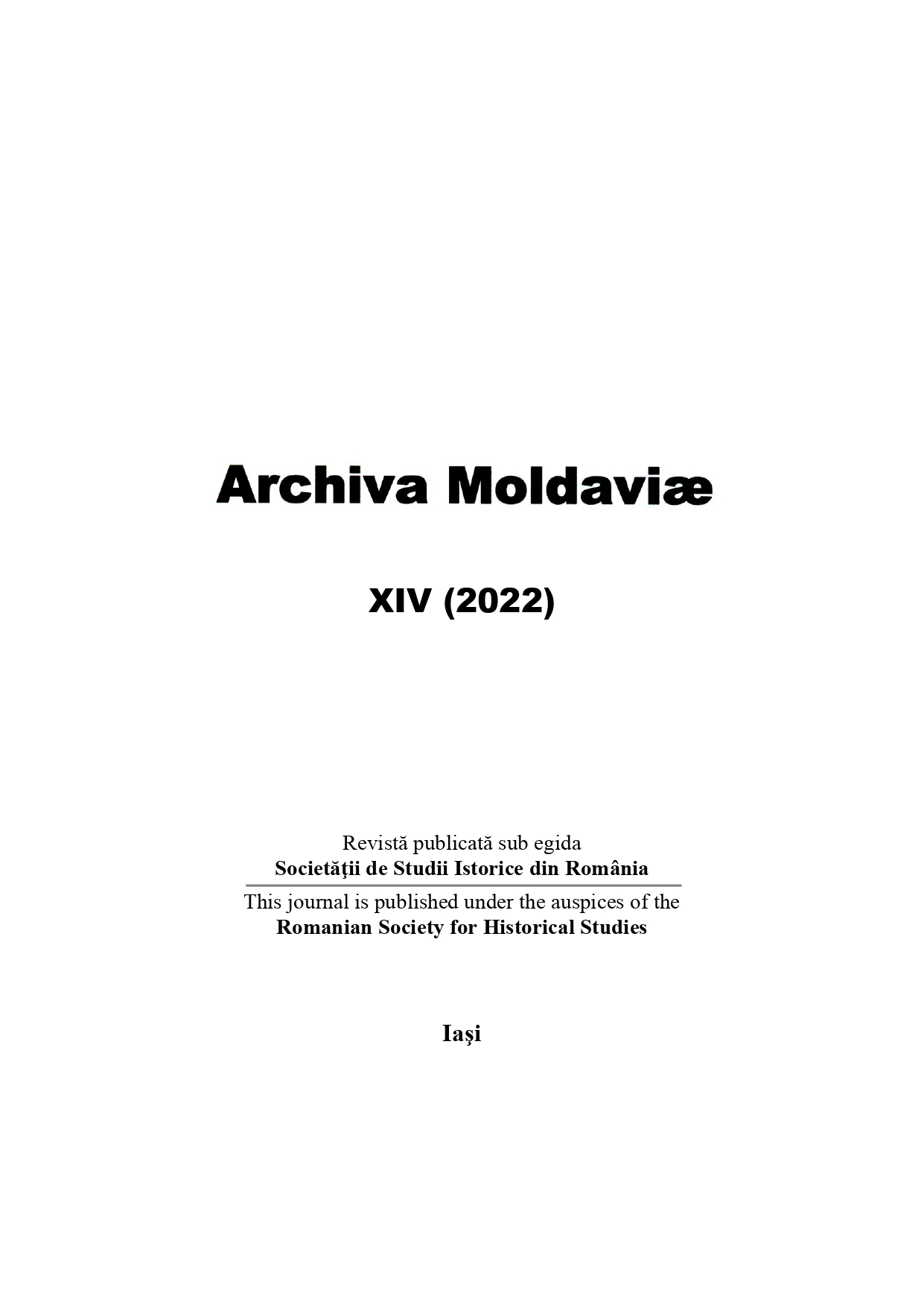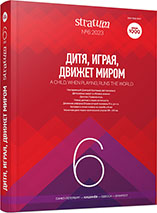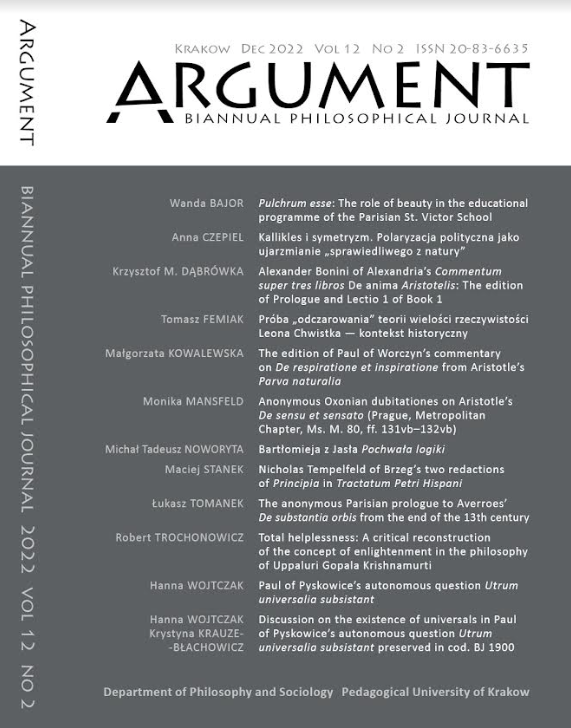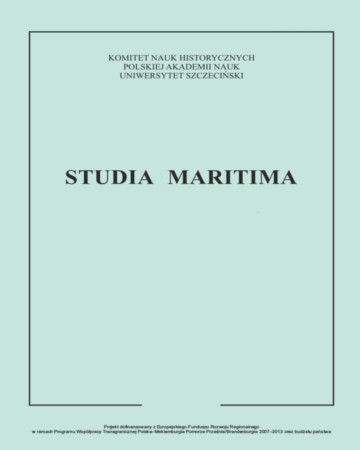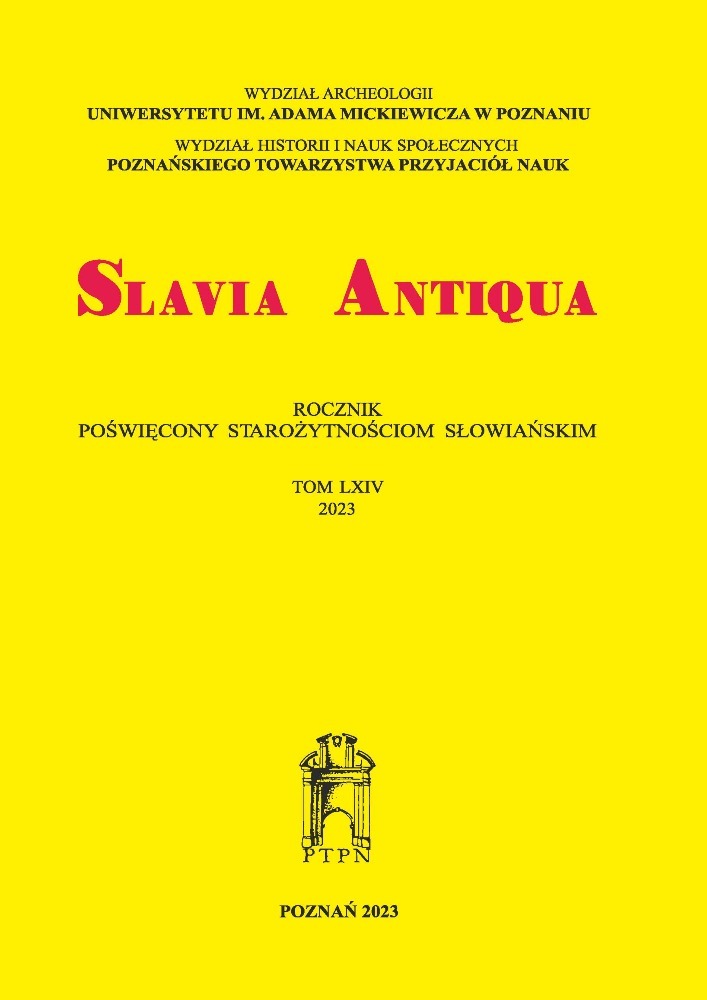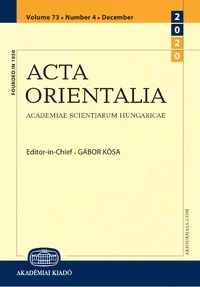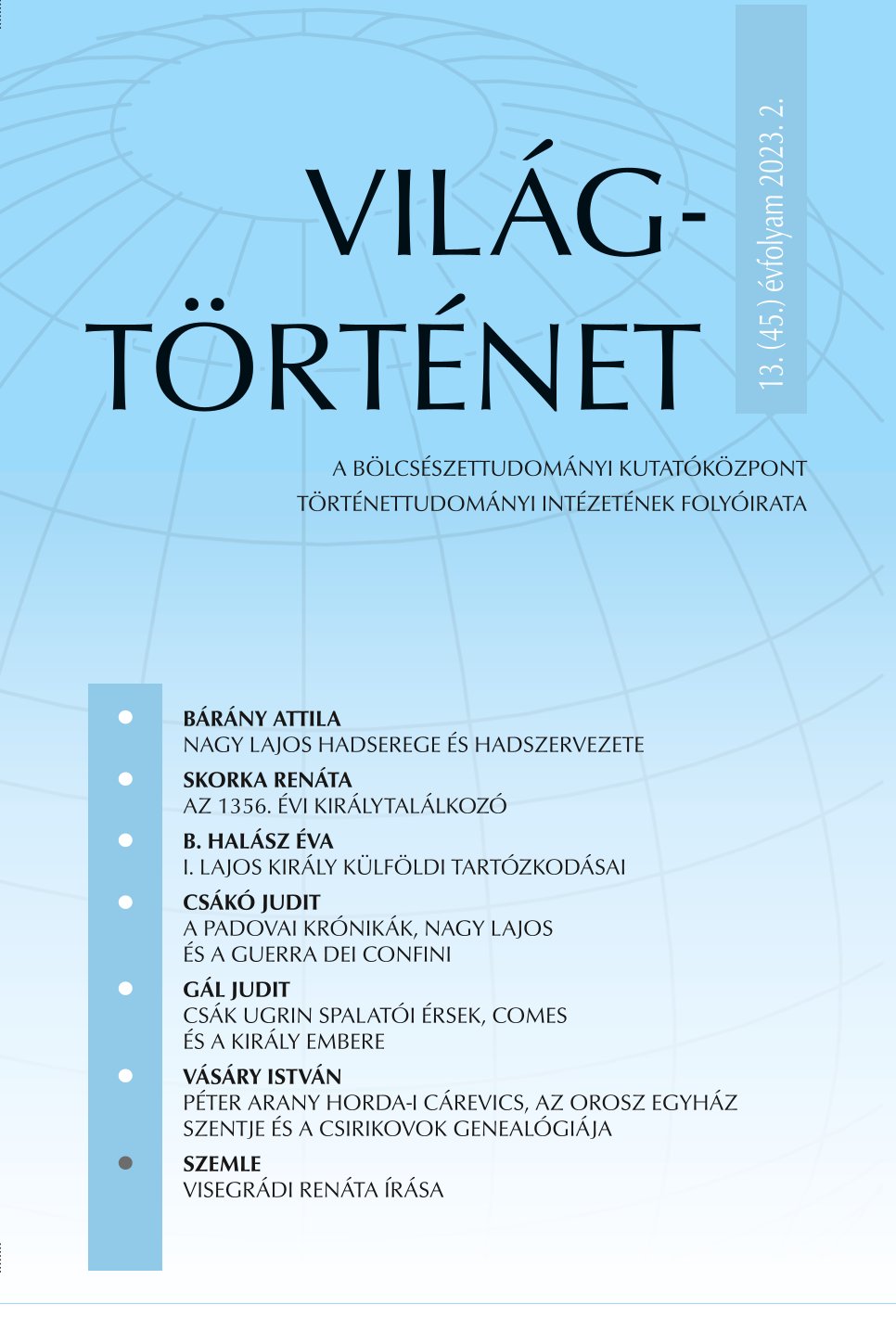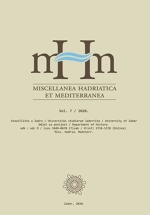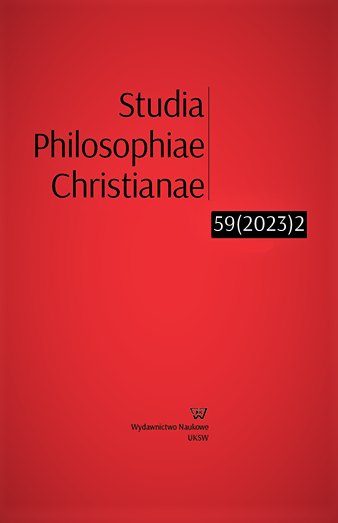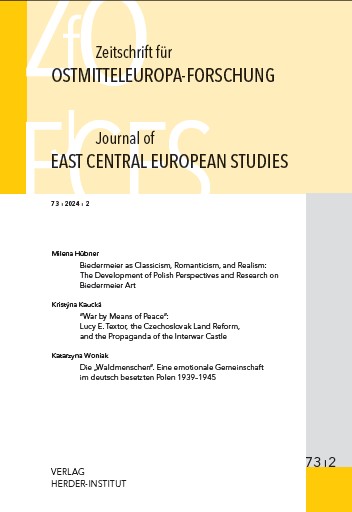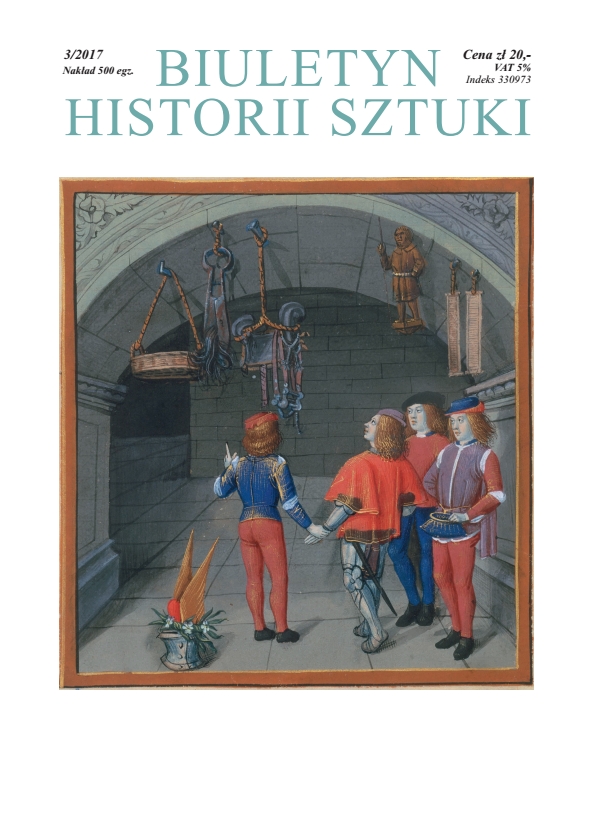
Nieznany nagrobek gotycki w Elblągu
Tadeusz Jurkowlaniec, Unbekanntes gotisches Grabmal in Elbing (Zusammenfassung) Während der 2007 in der ehemaligen Stadtpfarrkirche und seit 1992 Kathedrale St. Nikolaus zu Elbing geführten Bauarbeiten zwecks Errichtung einer Gruft als Grablege der hiesigen Bischöfe wurde eine aus dem 14. Jahrhundert stammende, größtenteils gut erhaltene Grabplatte (216x191 cm) eines unbekannten Ehepaares wiedergefunden. Auf dem Grabmal wird die schmucklose, glatte Hauptfläche von folgender Inschrift eingefasst:anno • d(omi)ni • m◦ • ccc◦ • lxxiii◦ • fe(r)i/a • a-s-a(e)c(un)da • p(ost) • b-….. [-b ... ...] / [... ...] / [... ...] • elyzabeth • vxor • eiua-s-a • o(rate) • p(ro) c-// < eis >-c Ablesung: der Verfasser sowie Tomasz Płóciennika- -a „verkehrtes” ‘s’ b- -b nach Meinung von Tomasz Płóciennik kann dieser Abschnitt wie folgt gelesen werden: ‘Cinner(um) [’ (= ‘Cinerum’ geschrieben mit doppeltem ‘n’) oder ‘Anne • o[biit’. In beiden Fällen würde der Anfangsbuchstabe (‘C’ oder ‘A’) als Initial fungieren; vgl. Barbara TRELIŃSKA, Gotyckie pismo epigraficzne w Polsce, Lublin 1991, S. 29-30, 47 (Nr. 9), 63-67, 81 (Nr. 54).c- -c möglicherweise stand dieses Wort am gegenüberliegendem, rechten Rand der Platte, auf dem teilweise abgebrochenen Eck (sofern es sich bei dem oben am rechten Rand sichtbaren, eingeritzten Motiv um ein Fragment eines „verkehrten“ Buchstaben ‘s’ handelt).Im Jahre des Herren 1373 am Montag nach Aschermittwoch oder nach St. Annen Tag [verstarb] ..... [verstarb] Elisabeth, seine Ehefrau, betet für [sie]Aus der Inschrift ergibt sich, dass der Ehemann 1373, je nach Lesart entweder am Montag (feria secunda) oder am 7. März oder am 1. August verstarb. Der Name des Verstorbenen sowie das Sterbedatum seiner Ehefrau Elisabeth waren mutmaßlich auf dem nicht erhaltenen Teil der Grabplatte angebracht. Wo das verstorbene Ehepaar ursprünglich bestattet war ist nicht bekannt. Ebensowenig bekannt ist, wer das Grabmal in Auftrag gab und welche Werkstatt den Auftrag ausgeführt hat. Vermutlich wurde es vor Ort, in Elbing, aus gotländischem Kalkstein hergestellt, so wie die meisten Grabmäler im Deutschordensland Preußen. Die Grabplatte zerbrach in der Neuzeit, vor dem großen Brand der Kirche 1777. Aus dem Polnischen übertragen von Waldemar Moscicki
More...
